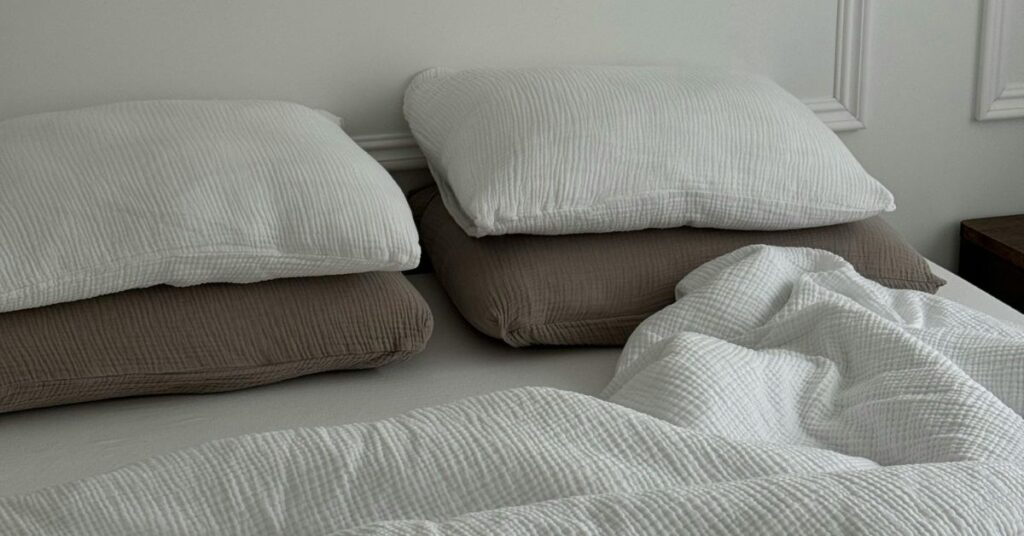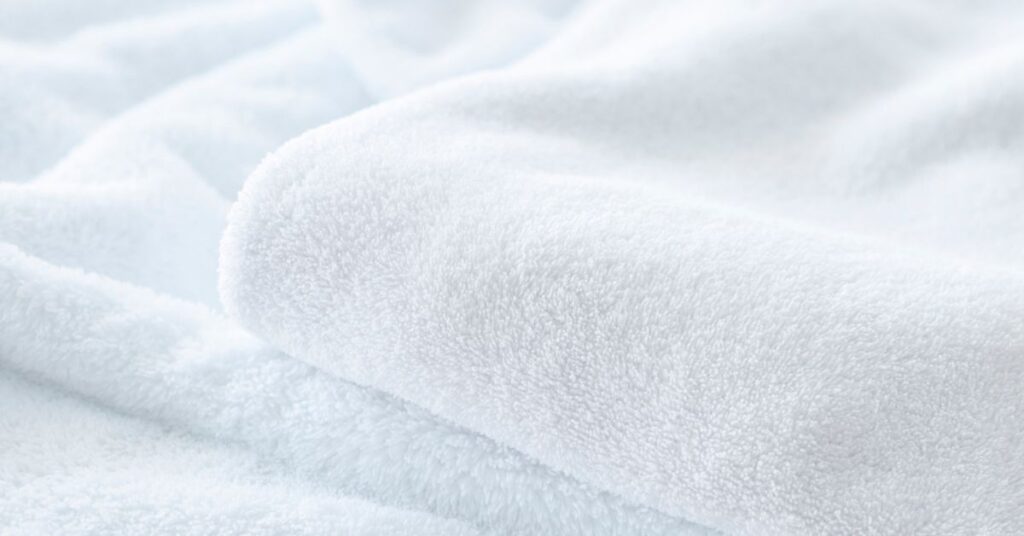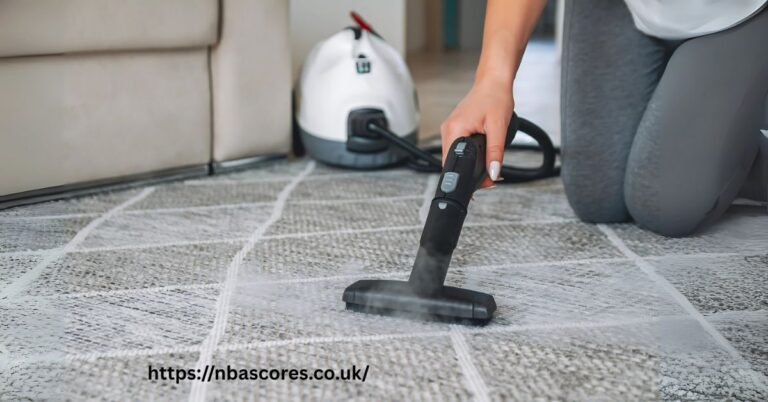Wollmatten: A Comprehensive Guide to Their Uses, Benefits, and Applications
Wollmatten is becoming increasingly popular as a sustainable and adaptable material in a variety of industries, from home building to agriculture. The name wollmatten, which means “wool mats” in English, comes from the German language.
Although the idea may seem straightforward, these mats serve multiple purposes including eco-friendly insulation, gardening, erosion prevention, and even creative endeavors. This article explores what wollmatten are, how they’re made, their benefits, and where they’re used.
What Are Wollmatten?
Wollmatten are mats made from natural wool fibers. These fibers are pressed, woven, or felted together to form thick and resilient sheets. Depending on their intended use, they may be made from:
- Recycled wool
- Untreated raw wool
- A blend of natural and synthetic fibers
Their variable thickness, density, and texture make them suitable for a wide range of applications.
Examples of Use Based on Thickness:
- Thin & Breathable Mats: Used in horticulture for plant covers or soil protection.
- Thicker Mats: Ideal for sound and thermal insulation or padding.
- Decorative Mats: Used as rugs, wall hangings, or canvases.
The Production Process
- Wool Sourcing
Wool is collected—often wool that is not suitable for textiles—to promote sustainability. - Cleaning and Carding
Raw wool is washed to remove lanolin and debris, then carded to align fibers. - Mat Formation
Depending on the use, wool is needle-felted, pressed, or woven. Natural resins may be added for stability. - Finishing
The mats are cut, rolled, and sometimes treated with oils for durability, moth resistance, or water repellence.

Applications of Wollmatten
1. Agriculture and Gardening
- Moisture Retention – Reduces need for irrigation.
- Weed Suppression – Blocks sunlight, minimizing weeds.
- Nutrient Release – Decomposes to enrich soil with nitrogen.
Used around tree bases, garden beds, and as winter covers.
2. Construction and Insulation
- Thermal Insulation – Keeps spaces warm in winter, cool in summer.
- Soundproofing – Absorbs noise effectively.
- Eco-Friendly – Biodegradable and non-toxic.
3. Erosion Control
Used on slopes, riverbanks, and construction areas to stabilize soil while promoting plant growth.
4. Interior Design and Décor
Adds warmth and texture to homes as:
- Rugs
- Wall panels
- Furniture padding
5. Animal Husbandry
Used as animal bedding due to:
- Warmth
- Comfort
- Moisture absorption
6. Crafts and Artistic Uses
Popular among artists for:
- Felting
- Embroidery
- Creative textiles
Advantages of Wollmatten
- Eco-Friendly – Biodegradable, renewable, and sustainable.
- Soil Health – Improves soil and reduces need for plastic mulch.
- Durability – Wool is naturally strong and long-lasting.
- Health-Supporting – Hypoallergenic, mold-resistant, moisture-regulating.
- Cost-Effective Over Time – Long lifespan justifies initial investment.

Challenges and Considerations
- Higher Initial Cost – More expensive than synthetic options.
- Maintenance Needs – May attract pests in damp environments if untreated.
- Limited Availability – Not always available locally.
- Outdoor Durability – Degrades faster outdoors than plastic.
Wollmatten and Sustainability
Wollmatten reflect a broader trend toward eco-conscious living. Using wool reduces reliance on petroleum-based products and offers farmers new revenue from low-grade wool.
- Lower Carbon Footprint – Compared to synthetic materials.
- Biodegradable – Won’t pollute landfills.
Future Potential
As industries shift toward sustainability, wollmatten are expected to see innovation and wider use:
- Hybrid Mats – Mixed with hemp, flax, or recycled fibers.
- Advanced Coatings – For fire and water resistance.
- Smart Applications – Used in green roofs, vertical gardens, and packaging.
Conclusion
Wollmatten may seem simple, but they offer eco-friendly, practical, and creative solutions across many industries. From soil protection and insulation to art and décor, they exemplify how natural materials can serve modern, sustainable needs.
By supporting wollmatten use, we promote both sustainable businesses and a healthier planet for future generations.
FAQs
1. What are these natural wool mats made from?
They are primarily crafted from natural wool fibers, which may come from raw, recycled, or blended sources. These fibers are processed into sheets through felting, weaving, or pressing techniques.
2. Are they environmentally friendly?
Yes, they are biodegradable, renewable, and often made from wool that would otherwise be discarded. They help reduce reliance on plastic or synthetic materials in agriculture, construction, and design.
3. Where can these mats be used?
They have a wide range of uses, including gardening, insulation in buildings, erosion control, interior design, animal bedding, and even arts and crafts projects.
4. How long do they last?
Their lifespan depends on environmental conditions and usage. Indoors, they can last for many years, while in outdoor applications, they gradually decompose, enriching the soil as they break down.
5. Do they require special maintenance?
Minimal maintenance is needed, but in damp conditions, untreated versions may need protection from pests or mildew. Some versions are treated with natural oils to improve durability and resistance.







